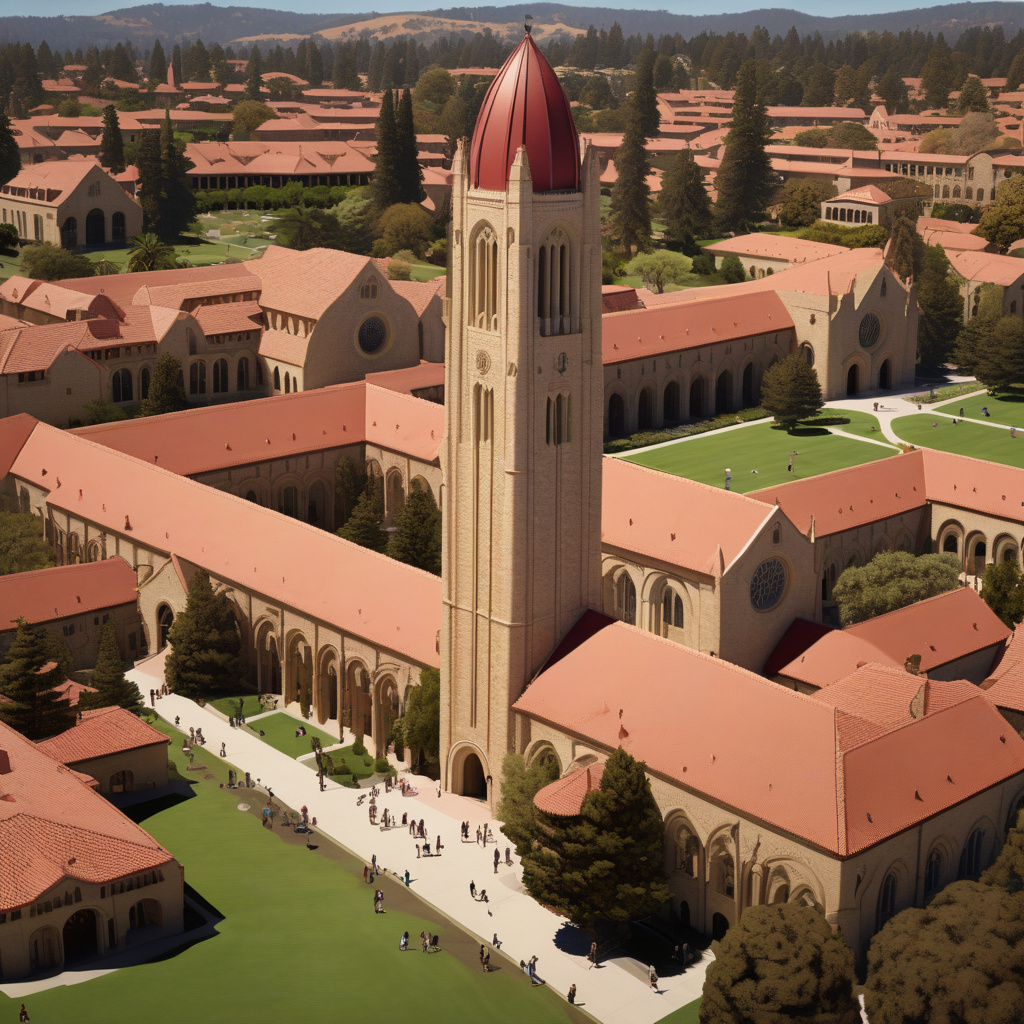In a recent announcement, Stanford University has affirmed its stance on legacy admissions, revealing that for the fall 2026 intake, legacy status will remain a factor in their admissions process. This decision holds significant implications, potentially shaping access to one of the vital talent pools feeding into Silicon Valley, a hub of innovation and technological advancement.
Moreover, Stanford University has made another notable change by discontinuing its test-optional policy, reinstating the requirement for SAT or ACT scores for prospective students, a practice last observed back in 2021. These adjustments align with Stanford’s ongoing efforts to refine their admissions criteria and uphold academic standards.
Legacy admissions, a practice where children of alumni receive preferential treatment in the admissions process, have long been a topic of debate in higher education. While proponents argue that it fosters a sense of tradition and community, critics contend that it perpetuates privilege and hampers efforts to promote diversity and meritocracy.
By maintaining the consideration of legacy status in admissions, Stanford University is signaling its commitment to preserving ties with alumni families and honoring its institutional history. This decision underscores the value the university places on its alumni network and the contributions they make to the university community.
However, the decision to reinstate the requirement for SAT or ACT scores may pose challenges for some students, especially those who have limited access to test preparation resources or who may not perform as well on standardized tests. This move could potentially impact the diversity of the student body and raise questions about equity and inclusivity in the admissions process.
As Stanford University navigates these changes in its admissions policies, it is essential for the institution to strike a balance between honoring tradition and embracing innovation. While legacy admissions can be a way to cultivate a sense of loyalty and connection among alumni, it is crucial to ensure that admissions decisions are fair, transparent, and aligned with the university’s values of excellence and diversity.
In conclusion, Stanford’s decision to uphold legacy admissions while reintroducing standardized testing requirements reflects the complexities and challenges universities face in shaping their student bodies. As one of the leading institutions in Silicon Valley, Stanford’s choices in admissions criteria not only impact the university community but also resonate with broader discussions on equity, diversity, and inclusion in higher education. Balancing tradition with progress is a delicate task, and how Stanford navigates this path will undoubtedly shape its future and influence the landscape of higher education.

